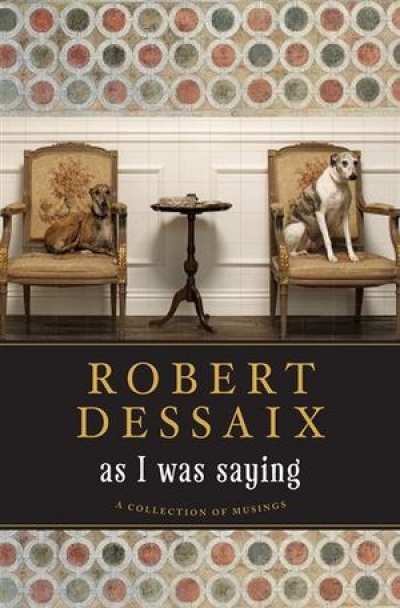Jane Goodall
Source: Nature’s healing role in art and writing by Janine Burke
Tales from the Political Trenches by Maxine McKew
When Gore Vidal died a few weeks ago, his publisher issued a statement calling him the last survivor of a postwar crop of American literary giants. ‘It is hard to think of another … who cut as dashing and visible a figure in various public realms,’ said Vidal’s Doubleday editor, Gerald Howard. Less than a week later the obituary columns were taken over by just such another figure – except that Robert Hughes was an Australian. Malcolm Turnbull made a pronouncement on the floor of the Australian parliament: ‘This titan of arts and letters will never leave us.’
... (read more)Address to the reader is one of the conventions of the modern essay form, going back to Montaigne, who includes a statement of address by way of an introduction to his collected writings. A question or series of questions refreshes the direct address along the way, accentuates the sense of voice, and vitalises the connection by supposing the reader as an interlocutor, someone whose responses may be silent, but are explicitly solicited. For the reader, this necessarily carries the risk of being co-opted into a pretence of dialogue: there is an assumed complicity in the line of thought, and on the principles guiding it.
... (read more)







